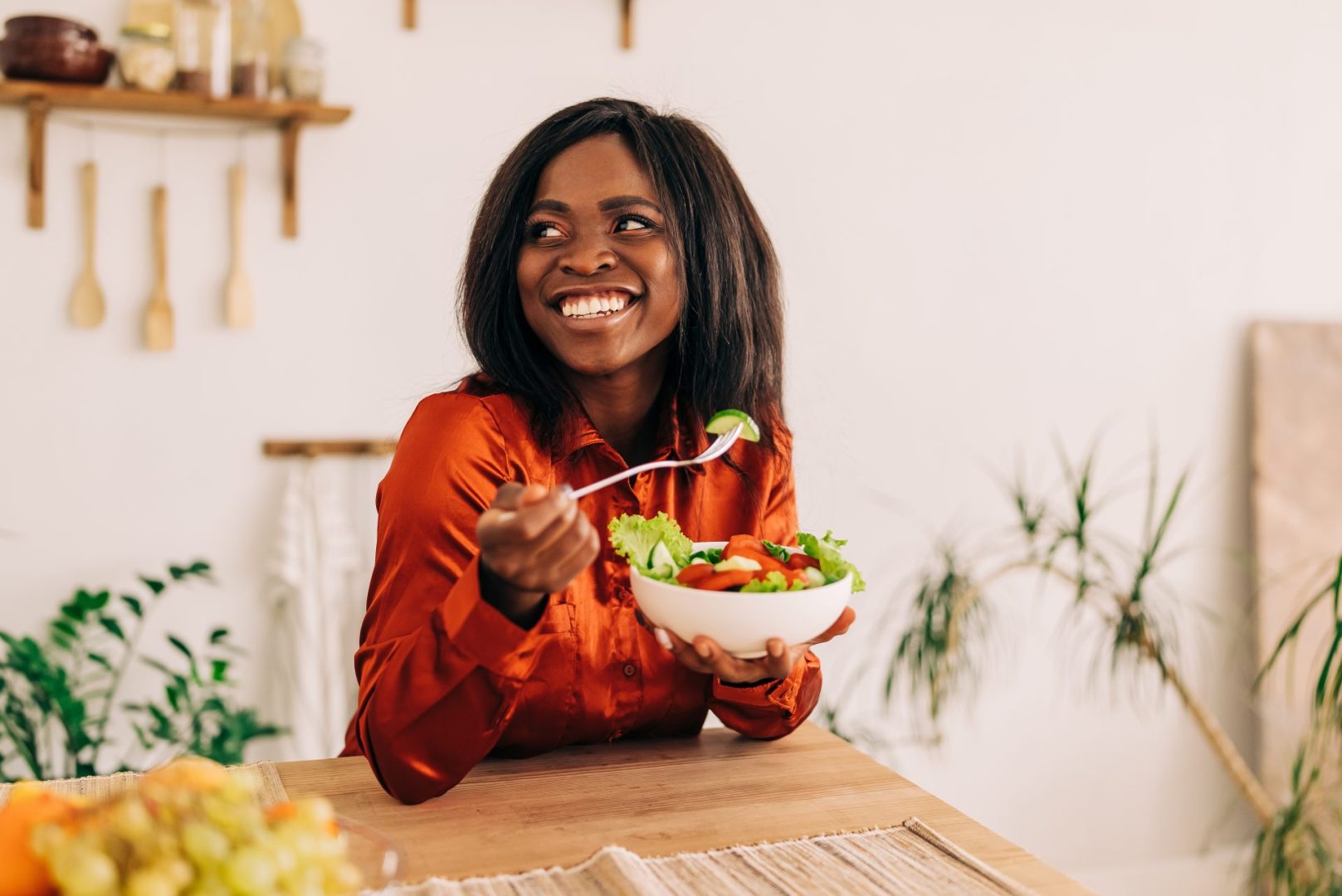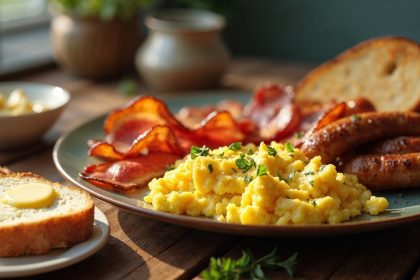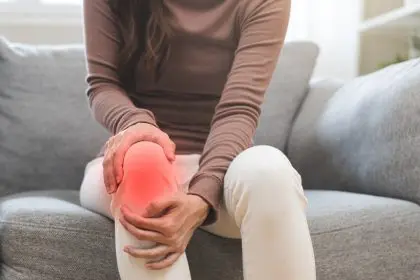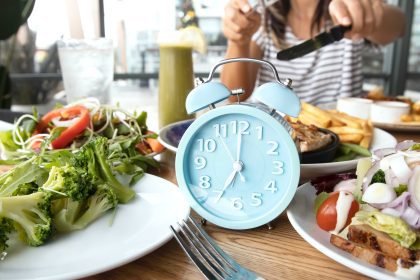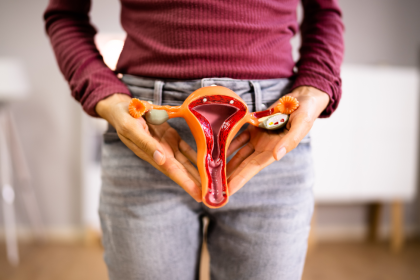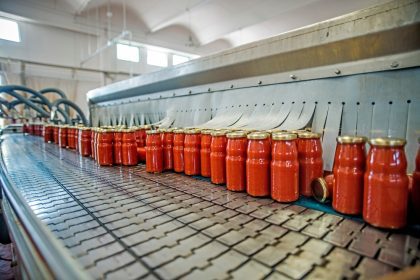Strokes don’t wait for old age anymore—in 2025, they’re creeping into lives before the big 5-0, catching folks off guard. It’s not just bad luck or family history driving this shift. What’s on the plate plays a massive role, and the news isn’t all grim. Tweaking the diet with five smart moves could slam the brakes on stroke risk, keeping the brain safe while the candles stay under 50. These aren’t overhauls—think swaps and trims, not starvation. Here’s how these five changes could rewrite the odds, why they matter now, and what’s at risk if the fork keeps digging into trouble.
1. Slash salt to ease the pressure
First up is slashing salt—a sneaky stroke starter that’s everywhere in 2025. Chips, takeout, even bread pile on sodium, jacking up blood pressure without a sound. High pressure squeezes arteries, wearing them thin and priming them for clots or bursts—the stroke double threat. Cutting back, even a little, flips that switch. Swap the shaker for spices, ditch the drive-thru a few nights, and the numbers drop.
For folks under 50, this matters more now—fast food’s a habit, and stress amps the damage. Blood vessels aren’t invincible yet; they’re still building resilience. Trimming salt to under a teaspoon a day—about 2,300 milligrams—eases that strain, keeping arteries loose and blood flowing right. Skip it, and pressure builds, a quiet countdown to a brain hit before the half-century mark.
2. Pile on greens for artery armor
Next, at number two, is piling on greens—kale, spinach, collards—to armor up arteries. These leafy champs pack vitamins and nitrates that relax blood vessels and scrub out junk. In 2025, where fried bites rule, greens fight back—lowering cholesterol and nixing the sticky plaque that clogs brain-bound pipes. A handful a day, raw or steamed, turns the tide.
This hits hard before 50 because younger bodies can still dodge the buildup. Stroke loves clogged arteries, and greens starve that risk—keeping blood smooth and oxygen rich. It’s not about going vegan—just tipping the balance from grease to green. Ignore it, and vessels harden early, rolling out the red carpet for a stroke to crash the party.
3. Swap sugar for fruit to steady flow
Landing at three is swapping sugar for fruit—a sweet fix that saves the brain. Sodas, pastries, and late-night treats spike blood sugar, inflaming arteries and stressing the heart in 2025’s rush. Fruit—berries, apples, oranges—delivers the hit without the havoc, steadying glucose and tossing in fiber to boot. It’s a trade that keeps the system humming.
Under 50, this swap’s a lifeline—sugar highs wear on young vessels, paving stroke’s path. Fruit’s natural sugars don’t jolt the body, and the extras, like antioxidants, shield the brain’s supply lines. A bowl over a can cuts the risk, simple as that. Stick to sugar, and inflammation festers, nudging stroke closer before the decades stack up.
4. Lean on fish for heart-brain sync
Number four is leaning on fish—salmon, mackerel, sardines—to sync the heart and brain. In 2025, omega-3s from these swimmers thin blood, tame inflammation, and keep clots at bay. Stroke thrives on thick blood and cranky arteries, but a fish dish twice a week rewires that setup. It’s not fancy—just a plate that protects.
Before 50, this move builds a buffer—younger hearts can pivot fast, and fish oils keep the rhythm steady. Clots don’t form easy, and vessels stay slick, dodging the blockages that choke brain flow. Grill it, bake it, whatever works—consistency’s the key. Skip the catch, and blood turns sluggish, a stroke risk ticking up with every missed bite.
5. Cut red meat to lighten the load
Rounding out the five is cutting red meat—beef, pork, lamb—to lighten the heart’s load. In 2025, burgers and ribs load plates, packing saturated fats that clog arteries and spike cholesterol. Stroke loves that mess—narrowed pipes mean less brain oxygen, fast. Trimming back to once a week, swapping for beans or turkey, lifts that weight.
For the under-50 crowd, this tweak’s gold—arteries aren’t gunked up yet, so scaling back keeps them clear. It’s not about banning the grill—just easing off the throttle. Less fat means less strain, and the brain stays fed. Cling to red meat, and the buildup creeps, a stroke shadow growing before the midlife turn.
Why stroke’s hitting before 50
Stroke’s rise before 50 in 2025 isn’t random—life’s tilting the scales. Diets lean heavy—processed, salty, sweet—and bodies sit more, soaking it up. Stress rides shotgun, pumping pressure higher, while checkups lag, missing early warnings. Genes might nudge the risk, but food’s the fuel, and younger adults are eating their way into trouble faster than ever.
The stakes are brutal. A stroke before 50 doesn’t just sideline—it rewrites life. Jobs fade, kids lose a parent’s full spark, and decades turn into recovery mode. These five changes aren’t magic—they’re math, stacking odds against a brain blackout in a world that’s all gas, no brakes.
Locking in the diet shift
Making these five stick doesn’t need a chef’s hat. Salt shrinks with a spice rack—garlic, cumin, anything bold. Greens slip into smoothies or sides—start small, grow the pile. Fruit’s a grab-and-go—stash it where candy hides. Fish fits anywhere—canned sardines or a Friday bake. Red meat drops with a meatless Monday, no fuss. In 2025, it’s about nudges—tweak the cart, not the soul.
The payoff’s not loud—weeks in, energy climbs, pants fit looser, the mirror nods back. Over years, it’s a fortress—arteries wide, brain sharp, stroke sidelined. Five changes won’t dodge every curveball, but they tilt the game—keeping 50 a milestone, not a breaking point.

